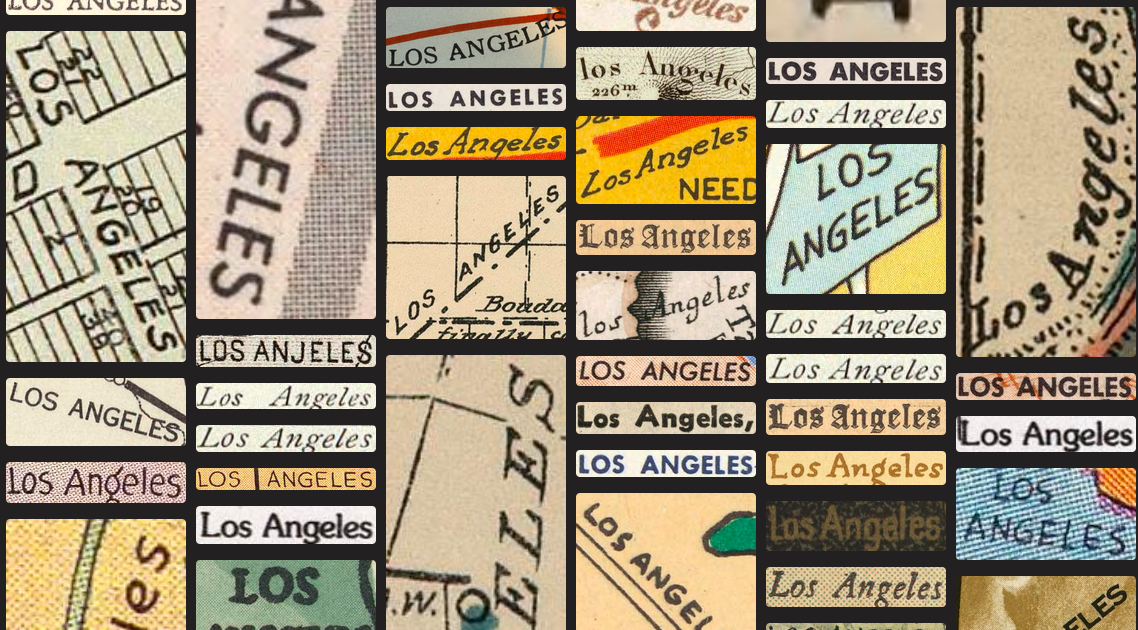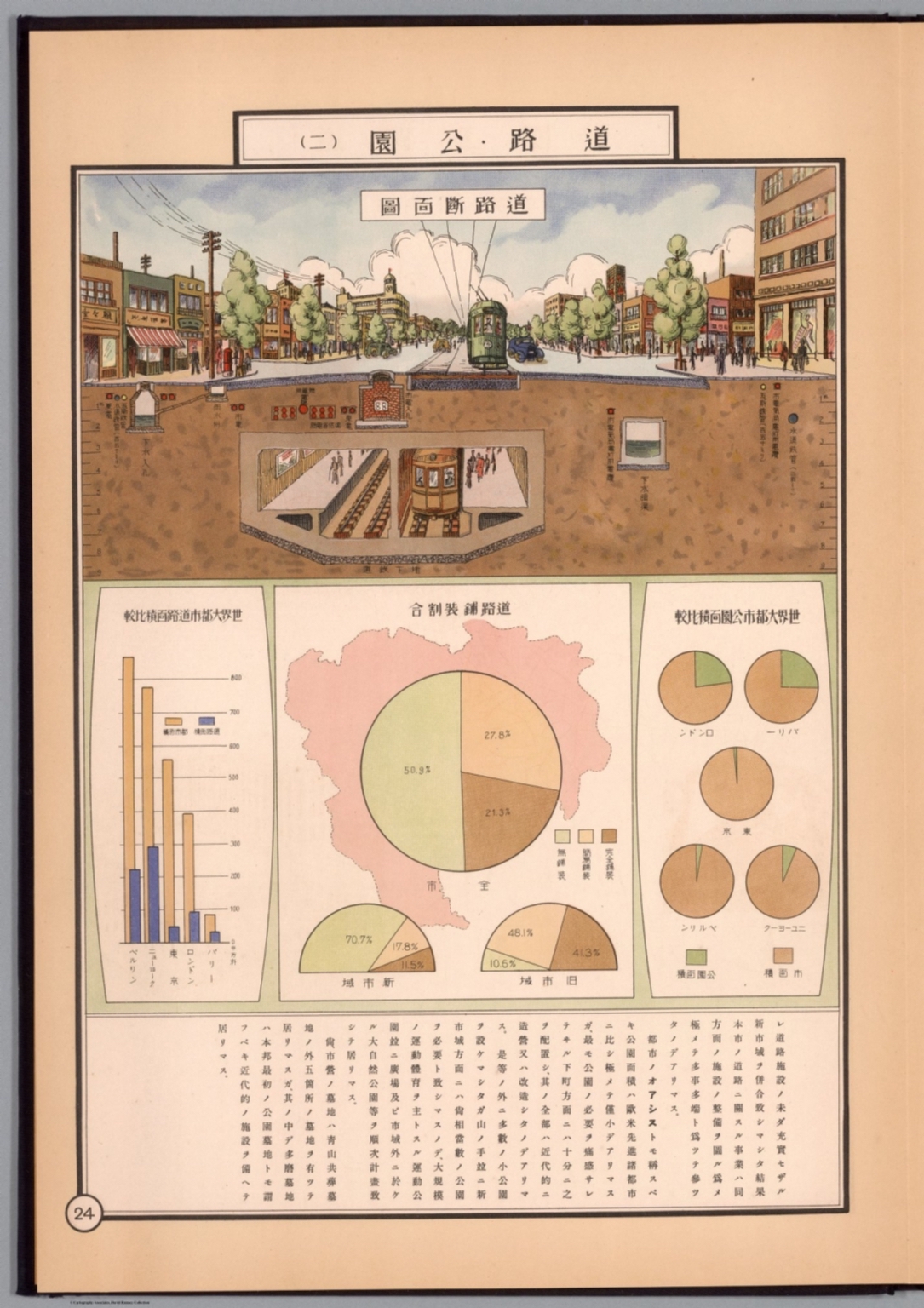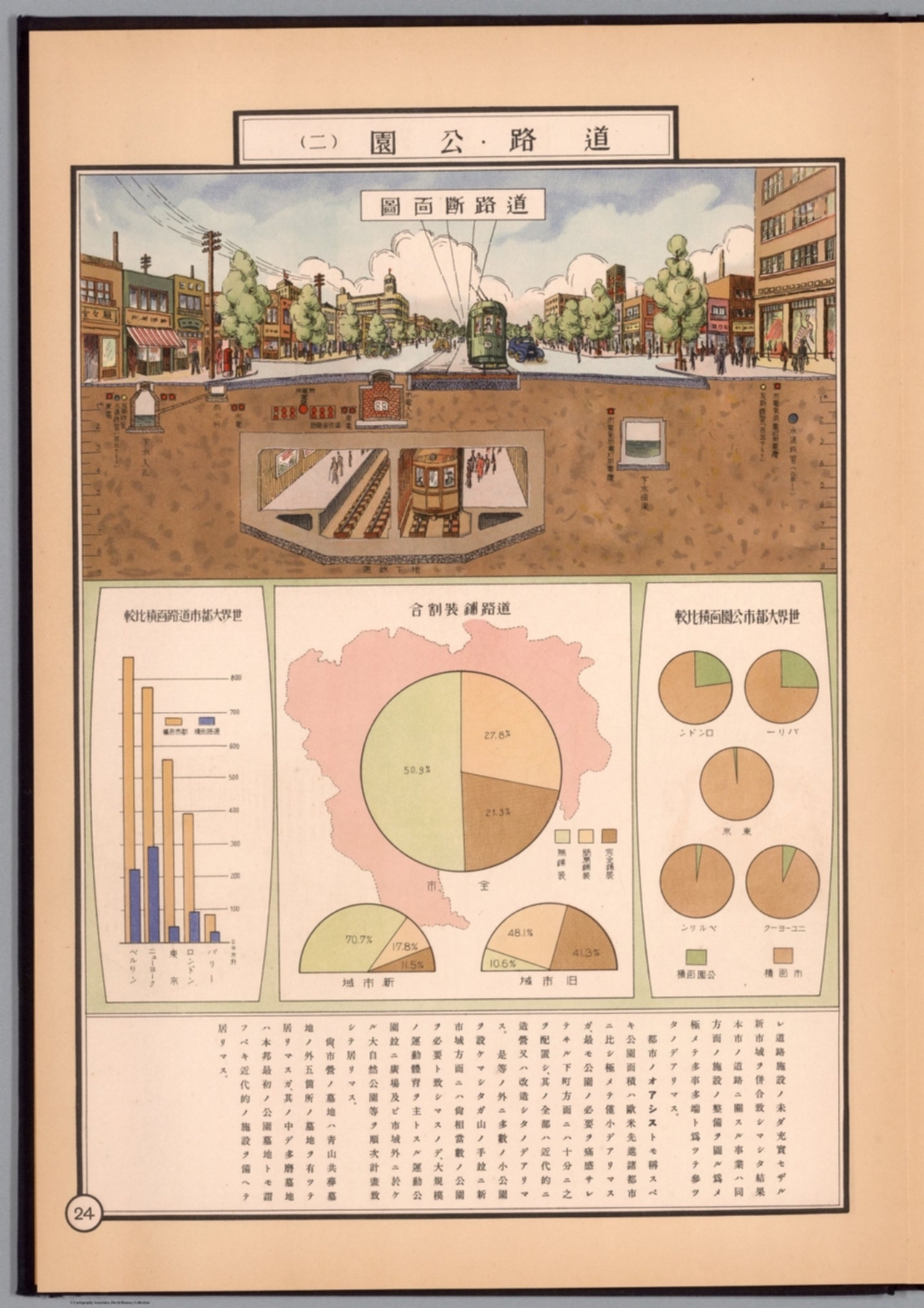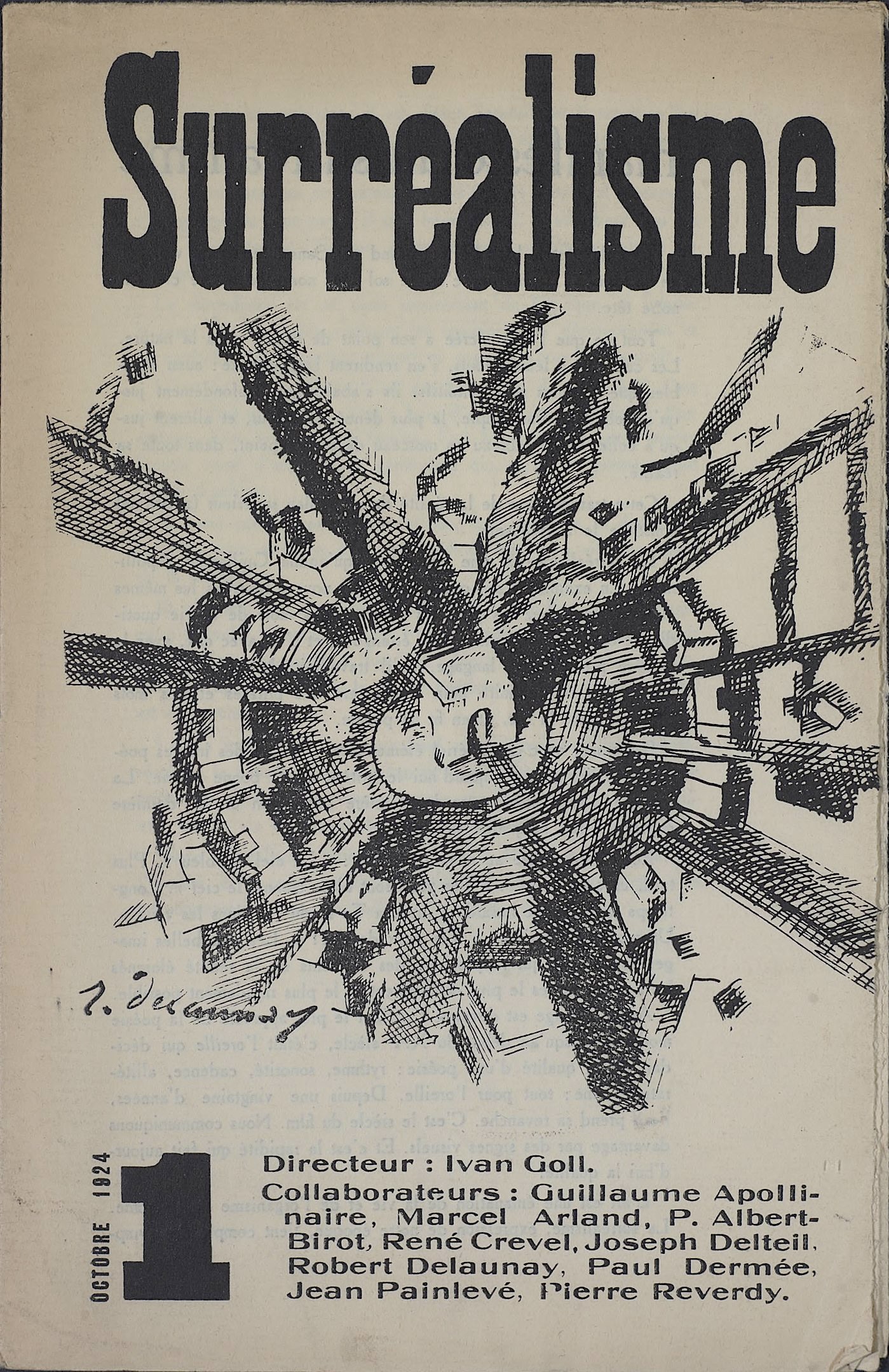Over the second half of the twentieth century, South Korea became rich, and in the first decades of the twenty-first, it’s become a global cultural superpower. The same can’t be said for North Korea: after a relatively strong start in the nineteen-fifties and sixties, its economy foundered, and in the famine-stricken mid-nineties it practically collapsed. For that and other reasons, the country has never been in a position to send forth its own BTS, Squid Game, Parasite, or “Gangnam Style.” But whatever the difficulties at home, the Democratic People’s Republic of Korea has always managed to produce entertainment for consumption by its own people: movies, animation, television shows, music, and more besides.
Then again, “entertainment” may be too strong a word. A few years ago, attending a North-South cultural exchange group in Seoul, where I live, I had the chance to watch a recent movie called 우리집 이야기, or The Story of Our Home. It told its simple tale of a family of orphans trying to survive on their own with surprising technical competence — at least compared to what I’d expected — albeit with what I remember as occasional jarring lapses into flat propaganda shots, stern national anthem, flapping red-starred flag and all. According to “Entertainment Made By North Korea,” the new five-and-a-half-hour analysis from Youtuber Paper Will, that sort of thing is par for the course.
In order to put North Korean entertainment in its proper context, the video begins before there was a North Korea, describing the films made on the Japanese-occupied Korean peninsula between 1910 and the end of the Second World War. Though the expulsion of the defeated Japan ended colonial rule in Korea, many more hardships would visit both sides of the newly divided country. But even during their struggles to develop, the rulers of both the developing North and South Korea understood the potential of cinema to influence their peoples’ attitudes and perceptions. Watched today, these pictures reveal a great deal about the countries’ priorities. For the DPRK, those priorities included the encouragement of unstinting hard work and allegiance to the state, embodied by its founder Kim Il Sung.
Later, in the seventies and eighties, came some diversification of both media and message, as serial dramas and children’s cartoons, some of them crafted with genuine skill and charm, discouraged individualistic attitudes, sympathy for foreigners, and thoughts of defection. Under Kim Il Sung’s movie-loving Kim Jong Il, North Korean films became more watchable, thanks in large part to his kidnapping and forcibly employing South Korean director Shin Sang-ok. Under his son Kim Jong Un, the country’s popular culture has flirted with the very outer reaches of cool, assembling the likes of instrument-playing girl-group Moranbong. Nevertheless, in North Korea, entertainment continues first and foremost to enforce the preferred ideology of the ruling class, something that — perish the thought — could surely never happen in the West.
Related content:
Read Dictator Kim Jong-il’s Writings on Cinema, Art & Opera: Courtesy of North Korea’s Free E‑Library
A‑ha’s “Take On Me” Performed by North Korean Kids with Accordions
How to Defeat the US with Math: An Animated North Korean Propaganda Film for Kids
North Korea’s Cinema of Dreams
Watch More Than 400 Classic Korean Films Free Online Thanks to the Korean Film Archive
Based in Seoul, Colin Marshall writes and broadcasts on cities, language, and culture. His projects include the Substack newsletter Books on Cities, the book The Stateless City: a Walk through 21st-Century Los Angeles and the video series The City in Cinema. Follow him on Twitter at @colinmarshall or on Facebook.







